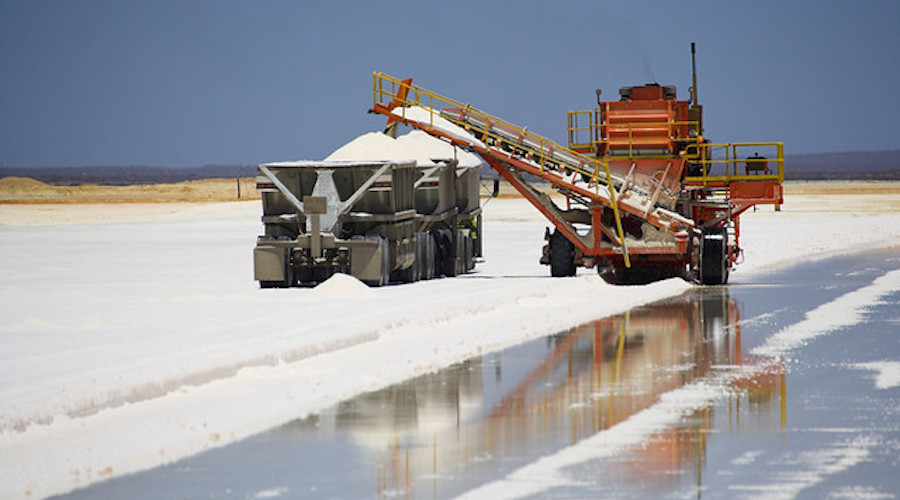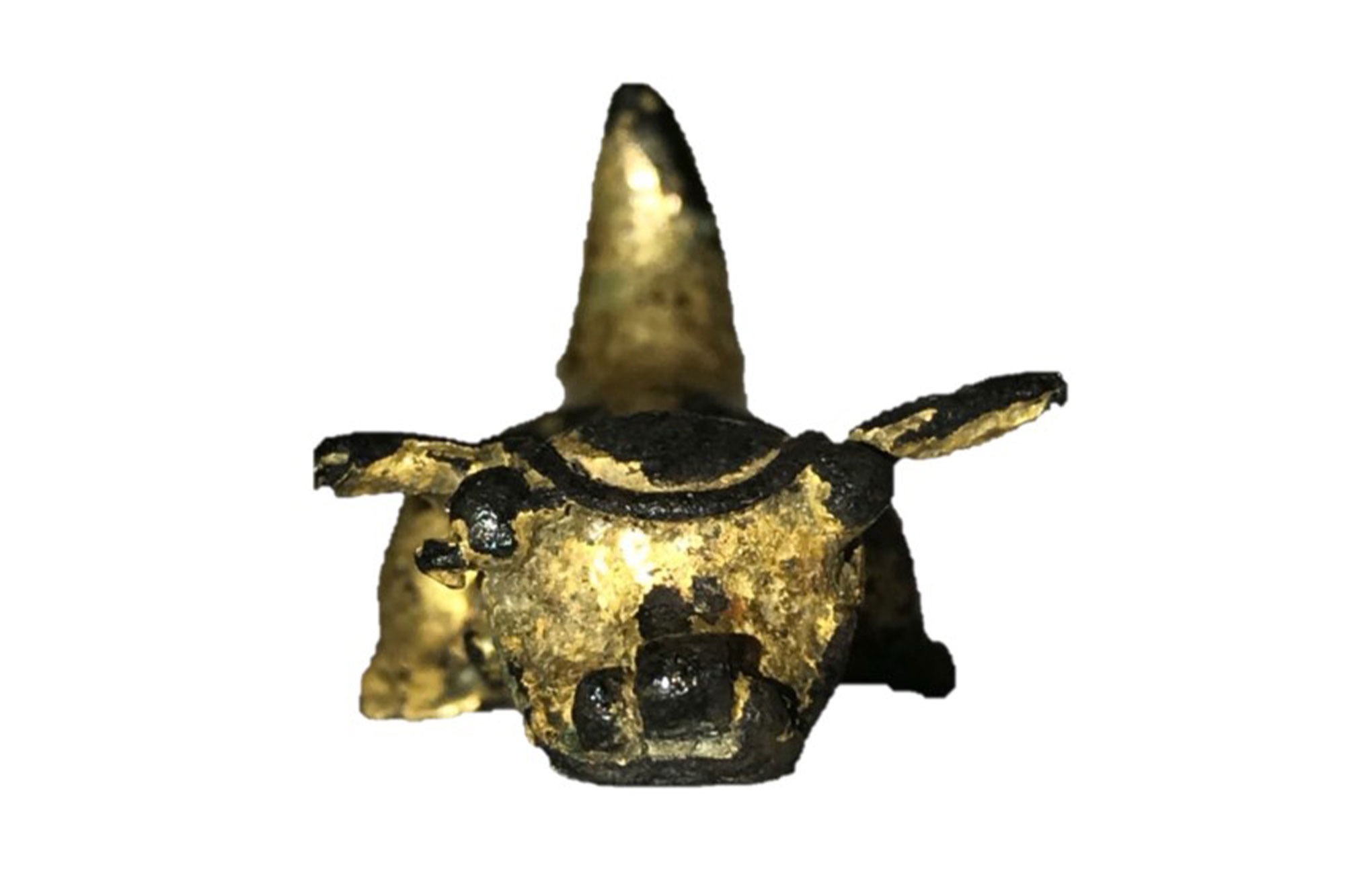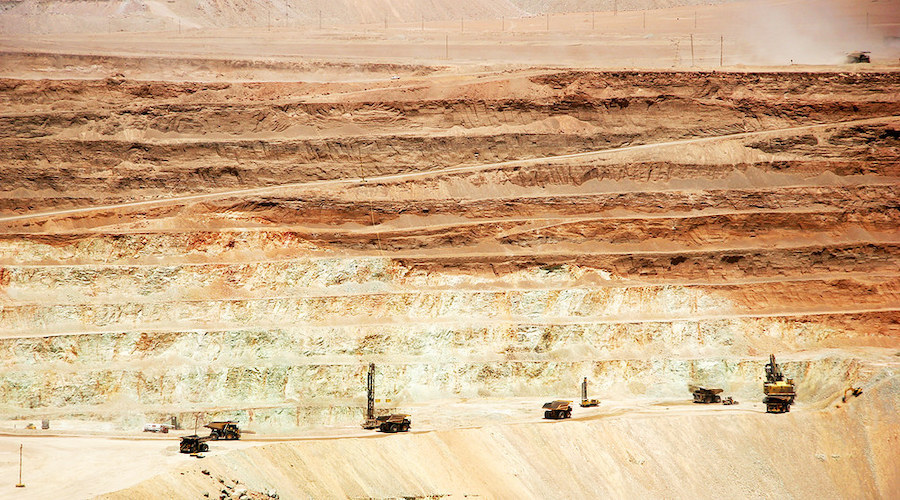Europe’s magnesium crunch poses another carbon conundrum

(The views and opinions expressed herein are the views and opinions of the author, Andy Home, a columnist for Reuters.)
Magnesium is not what most people think of as a critical mineral.
But the human body doesn’t work without it, the United States Food and Drug Administration recommending a minimum daily intake of 420 milligrams.
And a broad spectrum of manufacturing activity can’t work without it either, as the European Union (EU) is fast finding out.
Europe is facing a magnesium crunch, threatening output and jobs in the steel, packaging, construction and automotive sectors.
The European Commission is holding talks with China, its dominant supplier, both about “immediate shortages” and “long-term solutions to tackle this strategic dependency.”
China supplies 95% of Europe’s magnesium demand, which last year totalled around 155,000 tonnes.

Or it did until recently. Exports have plummeted, prices have exploded and Europe risks running out of what it officially designates a critical mineral.
This is not the result of any geopolitical tension but rather of China’s attempt to hit peak coal usage by 2025, a key step on its road to carbon neutrality by 2060.
Power crunch
China’s rolling power crisis is part down to one-offs such as drought in hydro-rich Yunnan province and soaring coal prices but it is also the direct result of Beijing’s new quarterly energy efficiency targets.
Provincial governments have been mandating lower power consumption by heavy industrial users. The country’s huge aluminium smelting sector, largely powered by coal, has already seen over three million tonnes of annual capacity impacted.
The impact on niche sectors such as magnesium has been less reported. But 25 production plants in the magnesium production hubs of Shaanxi and Shanxi provinces were recently closed with another five operating at half capacity, according to the European Aluminium Association (EAA).
The only U.S. producer of primary magnesium extracts it from brine but in China most is generated in blast furnaces using lots of energy and emitting lots of carbon. They are an obvious target for provinces racing to meet quarterly power targets.
So too are producers of ferrosilicon, which is used in the magnesium production process, representing a double whammy for the Chinese supply chain.
Magnesium deficiency
It’s a long way from the magnesium hub of Yulin in Shaanxi province to a German automotive plant.
But magnesium slipstreams its way almost unnoticed into multiple metallic applications, first and foremost aluminium alloy, which it makes both lighter and stronger. That’s the form of aluminium used by auto makers, who now face an additional head-ache to the rolling shortage of semiconductors.
But magnesium is also used with zinc in die-casting, to remove sulphur from iron and steel production and to make titanium sponge, threatening a metallic domino effect of broken supply chains.
That’s why 12 industry bodies jointly called for Brussels to take urgent action, including The European Automobile Manufacturers Association, steel lobby group Eurofer, ferroalloys group Euroalliages and the IndustriAll European Trade Union, representing seven million workers in the bloc’s manufacturing sector.
Europe’s supply woes are particularly acute because magnesium doesn’t store well, meaning inventories in Europe were low to begin with and are now critical, possibly extending only to the end of November, according to the cross-industry group behind the call for action.
What is left is fetching prices of up to $14,000 per tonne, compared with just $2,000 at the start of the year.
Below Europe’s radar
Europe is kick-starting the creation of domestic critical minerals supply chains but its efforts so far have been largely concentrated on battery metals such as lithium and nickel and rare earths.
Magnesium seems to have slipped beneath the collective radar.
It’s noticeable that the United States, which also classifies magnesium as a critical mineral, isn’t similarly dependent on China for its supplies. It has its own production, both primary and secondary, and imports most of its balance requirements from Canada (23%), Israel (20%), Mexico (11%) and Russia (9%), according to the United States Geological Survey (USGS).
Moreover, there are new magnesium supply projects underway in both Nevada and in Canada.
That’s the thing with magnesium. It’s not rare at all. Global resources from which it can be recovered “range from large to virtually unlimited” with “enormous” amounts available from magnesium-bearing minerals and “billions of tons” in brine deposits, according to the USGS.
Metal or power?
Europe should evidently add magnesium to its list of domestic supply priorities.
But in the interim it’s going to have to talk with China.
As with many other critical minerals, part of the problem is China’s dominance of the supply chain. The country currently accounts for around 87% of global production. It’s built that dominance by subsidising the build-out of processing capacity, leading to increased exports and low prices.
The last European magnesium producer closed in 2001 “as a consequence of dumped Chinese imports”, according to the EAA.
But right now Europe needs China’s magnesium and fast.
There are reports that some producers have been allowed to reopen their production facilities, which should generate a degree of supply slack over the coming weeks.
China’s so-called dual control energy targets, however, aren’t going away. Indeed, they are designed to get tighter with each five-year plan as policy-makers try to pivot from coal to renewable energy.
This is a good thing if the world is going to hit its global warming targets. But as aluminium has already shown, there’s a problem with closing Chinese coal-powered plants if it means less metal for a world that needs more of the stuff to decarbonise.
The aluminium paradox is now playing out in the magnesium market.
“The magnesium scarcity may be an example explaining how China’s energy consumption and carbon emissions are intertwined with global supply chains,” according to an Oct. 25 editorial in The Global Times, part of the state-backed China Daily media group.
Given China is itself trying to decarbonise, Europe’s magnesium crisis can’t “be resolved simply by increasing production,” it added, calling for an economic and trade consultation mechanism for magnesium supplies to the EU.
Talks are now underway but Europe may have to accept that for now at least it can have greener Chinese energy or more magnesium but not both.
(Editing by Jane Merriman)
More News
PDAC Video: Critical Metals plans key green energy projects in Europe
April 10, 2025 | 02:55 pm
One of the strangest chapters in copper mining is drawing to a close
April 10, 2025 | 01:40 pm
{{ commodity.name }}
{{ post.title }}
{{ post.date }}




Comments